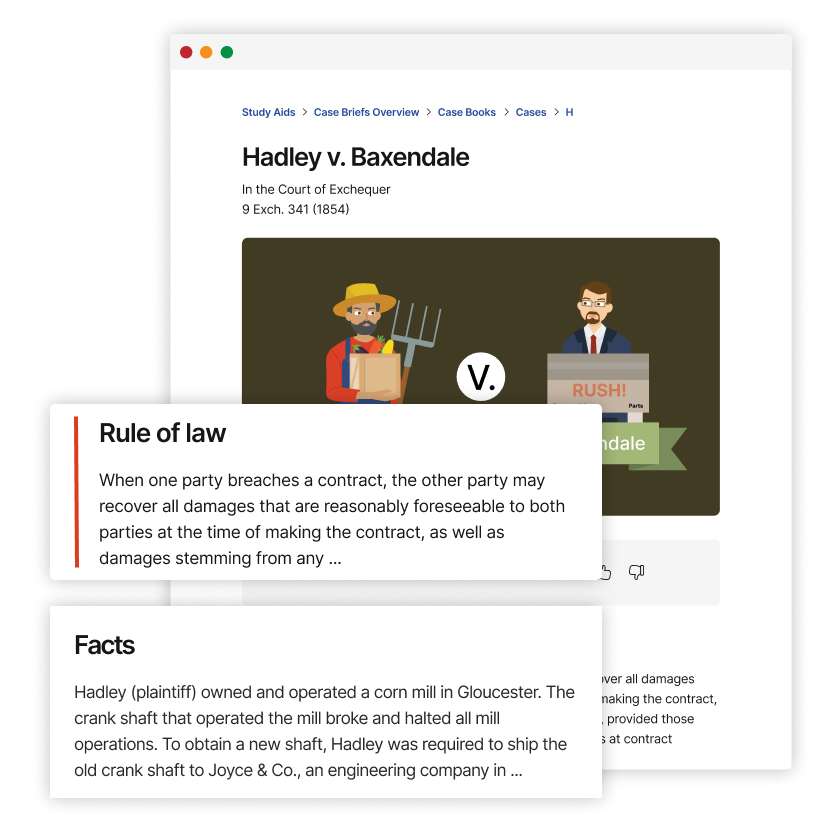Philadelphia Housing Authority v. Pennsylvania Labor Relations Board
Pennsylvania Commonwealth Court
620 A.2d 594 (1993)
- Written by Tammy Boggs, JD
Facts
A collective-bargaining agreement between the Philadelphia Housing Authority (PHA) (plaintiff) and the Philadelphia Housing Police Association (the union) (defendant) expired on March 31, 1990, and the parties agreed to a 30-day extension. For several months thereafter, the parties engaged in collective bargaining and attended mediation sessions. The PHA and the union reached tentative agreement on some issues, conditional on a final agreement. In June and July, the parties continued negotiations, but their proposals on certain issues were very different. In about mid-July, the PHA notified the mediator and the union that negotiations had been at an impasse for several weeks and that the PHA would be implementing the proposal it had submitted on June 1 (June 1 proposal) as of August 1. Subsequently, the PHA unilaterally implemented its June 1 proposal, including wage, pension, and medical-insurance provisions. Union members did not go on strike during or after the period of negotiations. The union filed a charge of unfair labor practices with the state labor relations board (the board), alleging that the PHA had violated the duty to bargain in good faith. The examiner found that the parties had reached an impasse and that the PHA’s actions were lawful. The board upheld the factual finding of an impasse but concluded that the PHA’s conduct violated the state Public Employe Relations Act (PERA). PERA governed collective-bargaining procedures in the public sector. The PHA appealed to a state trial court, which reversed the board’s decision. The board appealed.
Rule of Law
Issue
Holding and Reasoning (Doyle, J.)
Dissent (Collins, J.)
What to do next…
Here's why 899,000 law students have relied on our case briefs:
- Written by law professors and practitioners, not other law students. 47,000 briefs, keyed to 994 casebooks. Top-notch customer support.
- The right amount of information, includes the facts, issues, rule of law, holding and reasoning, and any concurrences and dissents.
- Access in your classes, works on your mobile and tablet. Massive library of related video lessons and high quality multiple-choice questions.
- Easy to use, uniform format for every case brief. Written in plain English, not in legalese. Our briefs summarize and simplify; they don’t just repeat the court’s language.




